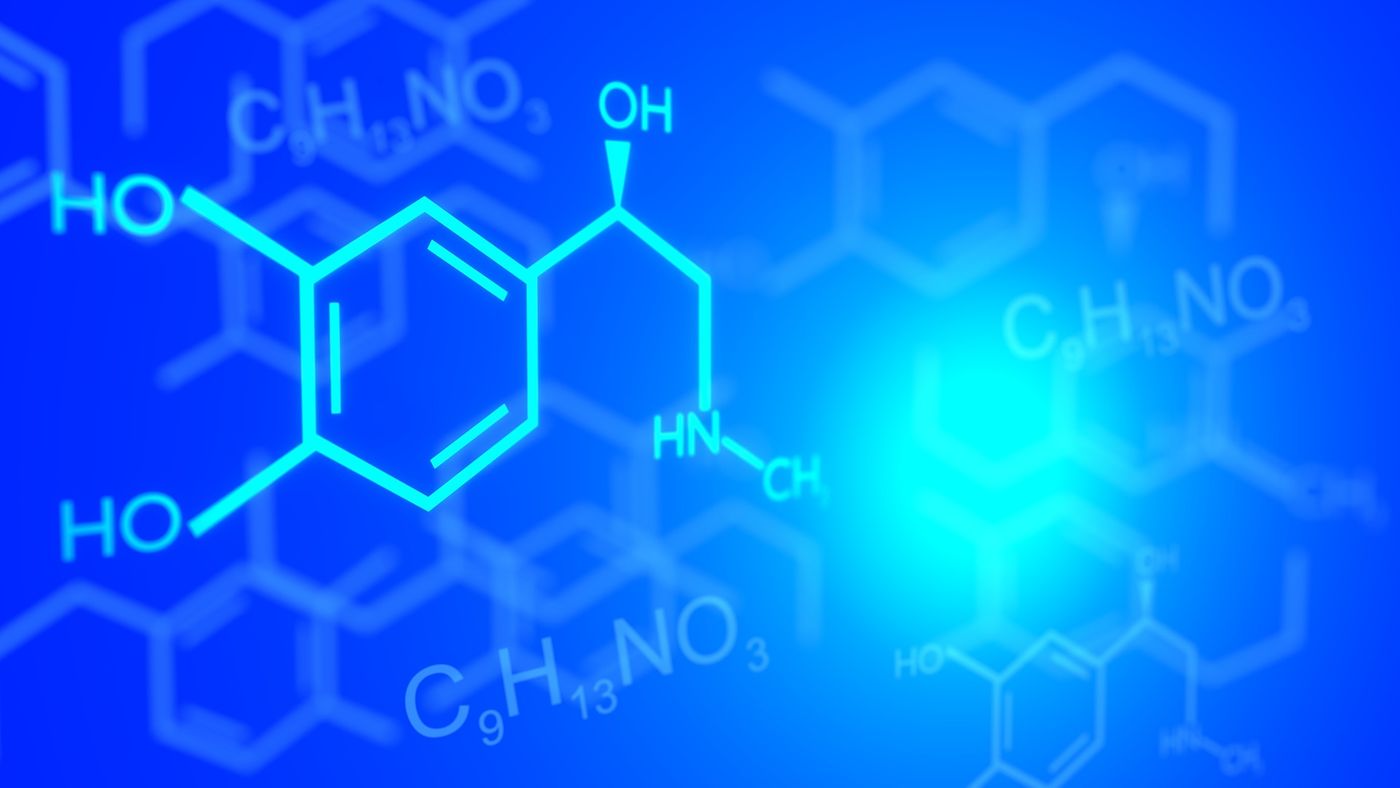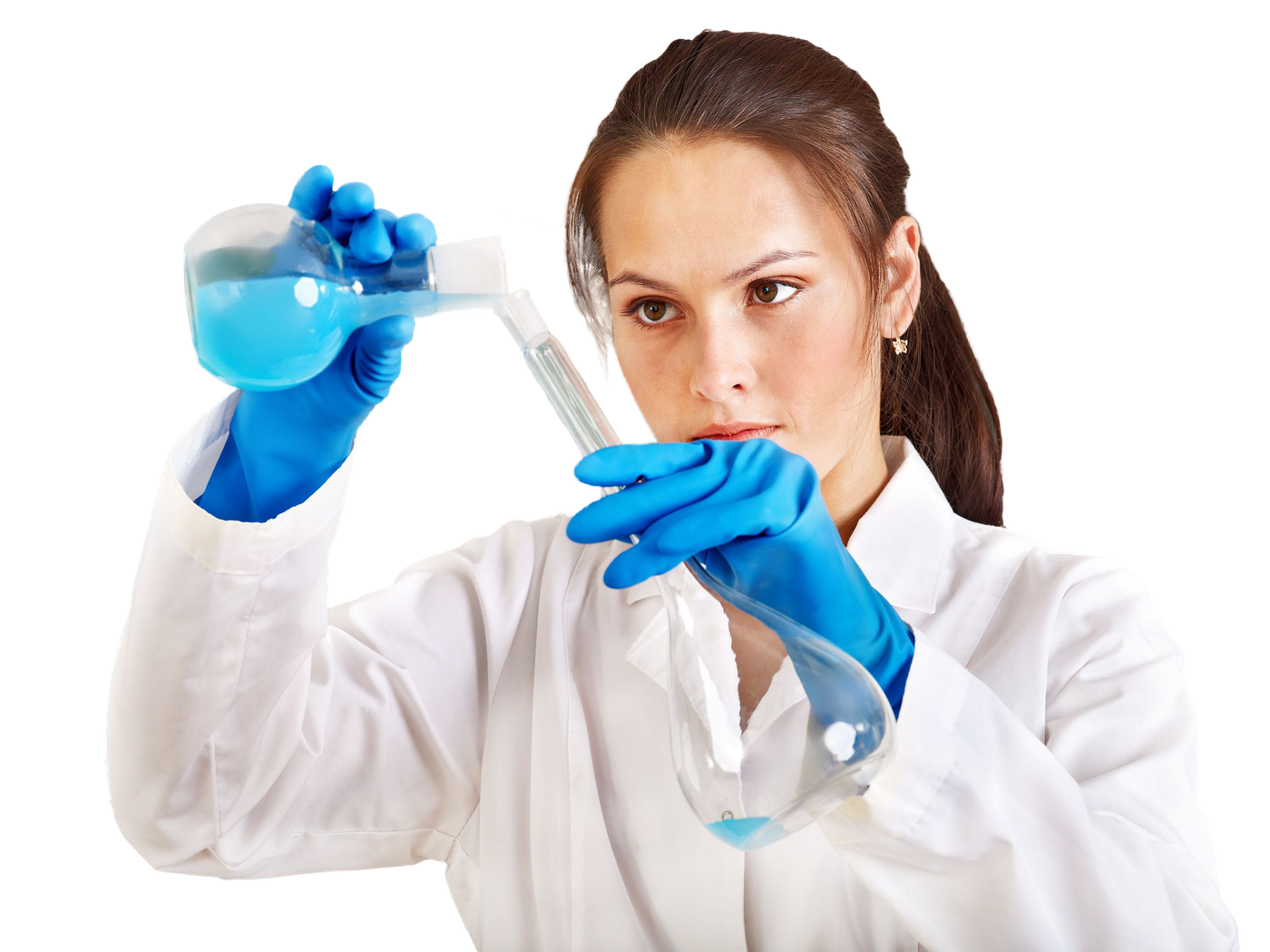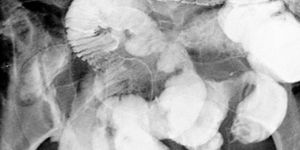Tools, Probes, and Drug Compounds
As drug discovery and the technology utilized in drug discovery has continued to evolve and expand, the tools available to us have also expanded and are important to understand when considering drug discovery, especially in the context of high throughput screening or end goals of an assay. Some screening efforts may be done with a goal in mind to help figure out the biology underlying a certain system, while others may be more purely for clinical utility. In general there are three classes of molecules we use for medicinal chemistry and high throughput screening of large compound libraries. We have chemical tools which are simply backbone molecules that often have multiple analogs with unknown function, unknown targets, unknown cell permeability and a number of other unknown characteristics. Then there are chemical probes. These are small molecules designed toward a specific proteins or target usually aimed to inhibit its function or activity, and which are used to ask mechanistic and phenotypic questions. Chemical probes are better characterized than tool compounds, as we know much more about how and what they can do. Chemical probes have shown to be very useful as they are complementary to genetic based approaches such as RNA interterence, or nowadays CRISPR, but also because they provide unique advantages as they can reversibly alter the function of a protein in a rapid manner. The third class are drug compounds. Drugs are small molecules that are well characterized and tested, and have been optimized for in vivo use as well. There are benefits to each of these classes.
Drug and probe compounds have distinct difference in both purpose and requirements. Drugs are required to be safe and effective, they may not have a defined mechanism of action, usually accompanied with restrictions due to intellectual property or IP surrounding the drug design which may limit is availability for general research use. Drugs also must be bioavailable to humans, and the bar is set high for their physiochemical and pharmaceutic properties. They have set guidelines that must be met in terms of their molecular weight, lipophilicity, stability, they have defined crystal structures, and are able to be synthesized economically and reasonably. Probes, on the other hand, are more often used to ask specific biological questions, such as how does protein A interact with the ability of protein B in its regulation of protein C. For probe compounds, mechanism of action must be defined (unlike drugs), they must be selective toward their intended target, and they are freely available both for use and the data generated from their study. Probes are not required to have some drug-like properties such as bioavailability, and typically they have the added benefit of having a structurally related compound that is inactive towards the intended target that can serve as a negative control in studies using these molecules.
These three classes lay the foundation of medicinal chemistry and small molecules used for various aspects and phases of drug discovery. Often once a compound of interest is determined, structure will be optimized multiple times for functional usage. If a chemical probe proves useful toward studying and understanding a target, if it is also able to inhibit that target it a disease-relevant and meaningful way, this probe could be optimized toward being cell permeable, bioavailable, and be moved toward a drug. These afford us the opportunity to study the biology of disease, interacting properties of molecules, and drug efficacy in our indicated systems.
Sources: Nature Chemical Biology, Wikipedia, Pixabay, Youtube










